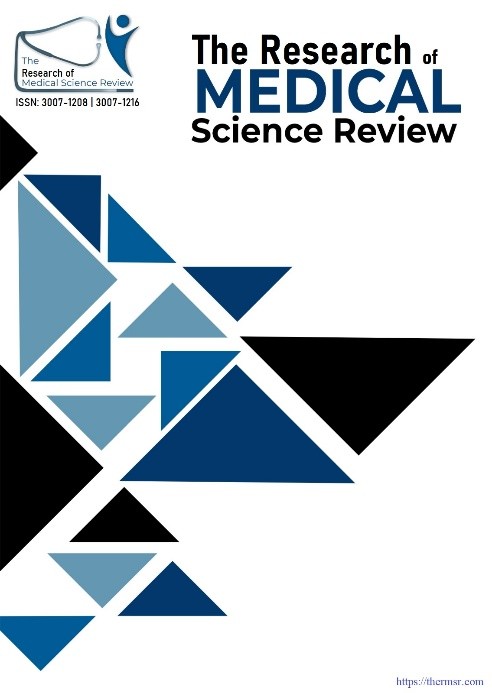PROGNOSTIC SIGNIFICANCE OF PLATELET COUNT IN TRAUMATIC BRAIN INJURY: A PROSPECTIVE CROSS-SECTIONAL STUDY
Main Article Content
Abstract
Platelet count is a crucial clinical parameter in the management of trauma patients. In cases of traumatic brain injury (TBI), a low platelet count has been independently associated with poorer outcomes. This study aims to evaluate the direct relationship between admission platelet count in the trauma unit and the outcomes of TBI, including extradural hematoma, subdural hematoma, cerebral contusions, traumatic intraventricular hemorrhage, and subarachnoid hemorrhage. Early identification of thrombocytopenia in TBI patients may help guide targeted interventions, improve management strategies, and potentially enhance patient survival and recovery.
Introduction: Platelet count is an important clinical parameter for guiding the management of trauma patients. In patients with TBI, low platelet count is known to independently predict worse outcomes. The role of this study is to determine the direct relationship between platelet count on admission in trauma unit and outcome of TBI including extradural, subdural hematoma, contusion and traumatic interventricular bleed, subarachnoid hemorrhage. Thrombocytopenia was indicative of worsening contusions in patients admitted with severe traumatic brain injury1. It represents a standalone risk factor for mortality among those with moderate-to-severe TBI2. thrombocytopenia upon admission is associated with an increased risk of progression of hemorrhagic injuries (PHI).
Methodology: A cross-sectional study was conducted at the Department of Neurosurgery, JPMC, Karachi. Duration of the research was 6 months and a total number of 150 patients were included. All patients had a history of head trauma by any means including RTA, fall and assault. Patients with any intracranial insult already taking blood thinners like aspirin and clopidogrel and those with polytrauma were excluded. Assessment was done using hematology showing number of platelets per microliter of blood at the time of admission and also using a questionnaire. Whereas, outcome was assessed based on the Glasgow Coma Scale on arrival and post management including surgical and conservative.
Results: Age and Glasgow Coma Scale (GCS) scores at admission and discharge were substantially correlated with postoperative platelet levels. Low platelet counts (<100,000) were more common in patients aged 50–70, but younger patients (10–30 years) recovered better (>60% with counts >150,000). While mortality cases had very low numbers (96% <100,000), higher GCS at discharge (14–15) was associated with better outcomes (77% >150,000). GCS at arrival was also significant, with larger platelet counts associated with better neurological state. Despite the lower anticipated cell numbers, there was no significant correlation with comorbidities (p = 0.661). Comorbidities had no discernible effect on platelet counts, however age and neurological condition are important predictors.
Conclusion: Platelet count at admission is significantly associated with predicting outcome of TBI. Decreased platelet counts or thrombocytopenia at admission is associated with poor outcome post neurosurgical management.
Downloads
Article Details
Section

This work is licensed under a Creative Commons Attribution-NonCommercial-NoDerivatives 4.0 International License.
